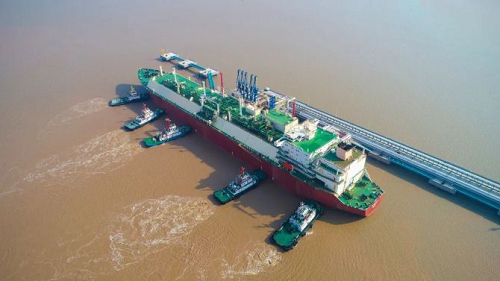

SEARCH
lng carrier, as the name implies, is the Marine lng liquefied natural gas carrier. The formation process of liquefied natural gas (LNG) is to purify natural gas produced in gas fields, and then liquefied by ultra-low temperature (-162℃). LNG is colorless, tasteless, non-toxic and non-corrosive. Its volume is about 1/600 of the volume of the same amount of gaseous natural gas, and its weight is only about 45% of that of the same amount of water. It is a relatively clean and environmentally friendly energy. In the early days, lng storage tank technology was mainly imported, but in recent years, it has been developed in China.

In the construction and installation of storage tanks, tank insulation is involved. Now, the distance between the inner and outer walls of the mainstream large LNG storage tanks is 1 meter, and the cooling structure is: the outer side of the inner tank wall is 300 mm thick elastic felt (four layers), and the remaining annular space is filled with perlite. The elastic felt and perlite are isolated by glass fiber cloth. The main cooling materials include: adhesive nail, elastic felt, glass fiber cloth, perlite powder, etc.
Elastic felt is like the down jacket we wear in winter, it needs to have a better elasticity. The construction of storage tank is much more difficult than our daily construction. The storage tank has a large area and is usually used for low-temperature operation. The elasticity and ductility of thermal insulation materials determine the tightness and uniformity of thermal insulation. The storage tank structure of lng ships is generally the same as the thermal insulation of the ground lng tanks. Generally, the elastic felt of the lng storage tank of Uetersen insulation brand can be used. The fiber layers or curls can increase the elasticity of the elastic felt, but also have excellent anti-corrosion and hydrophobic properties, reduce water vapor erosion, and maintain the cold state, which can fully adapt to the use environment of lng ships.
Related